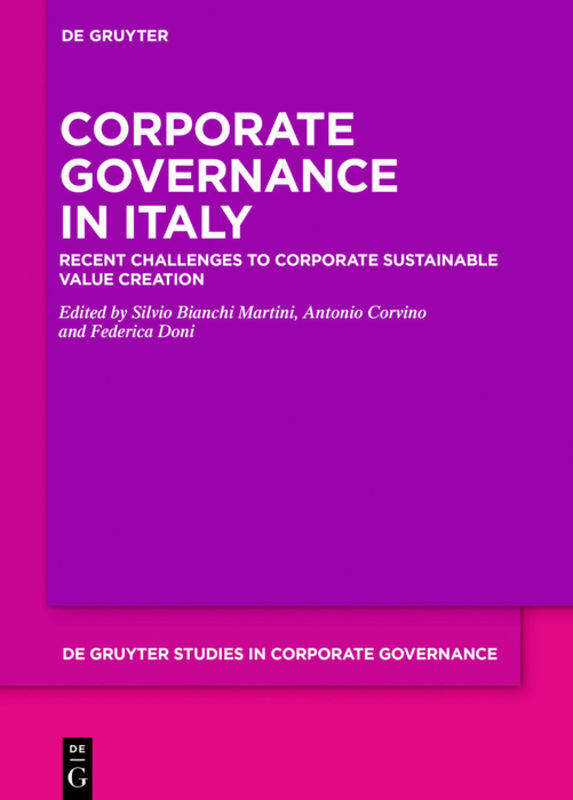Ratings
This book presents new methodologies for rating non-financial issuers and project ratings based on the BFO (Brusov-Filatova-Orekhova) theory of capital cost and structure, and its perpetuity limit (Modigliani-Miller theory), as well as modern investment models created by the authors.
It first provides a critical analysis of the methodological and systemic shortcomings of the current credit ratings of non-financial issuers and project ratings. In order to increase the objectivity and accuracy of rating assessments, it then modifies the BFO theory for companies of arbitrary age as well as and the perpetuity limit (Modigliani-Miller theory) for rating needs. The authors also incorporate the financial indicators used in the rating methodology into both the BFO theory and the Modigliani-Miller theory. Within the framework of the modified BFO theory for rating needs, they then present a detailed study of the dependence of the weighted average cost of capital of WACC, used asthe discount rate for discounting financial flows, on the financial ratios used in the rating, on the age of the company, on the leverage level and on the level of taxation for a wide range of values of equity cost and debt cost for companies of arbitrary age. This makes it possible to correctly assess of the discount rate, taking into account the values of financial ratios.
The use of well-established corporate finance theories (BFO theory and its perpetuity limit) opens up new horizons in the rating industry, providing an opportunity to switch from mainly qualitative methods for determining the creditworthiness of issuers to mainly quantitative methods in rating, and as such improving the quality and accuracy of rating scores.
Introduction
The Importance of Rating and the Disadvantages of Existing Rating Systems.- Part I Corporate Finance Theories used in Ratings and in Rating Methodologies.- Modern Theory of Capital Cost and Capital Structure: Brusov-Filatova-Orekhova Theory (BFO Theory)
Modification of the Modigliani-Miller theory for the case of advance tax on profit payments
Modern Theory of Capital Cost and Capital Structure: Brusov-Filatova-Orekhova Theory (BFO Theory).- Part II Ratings and Rating Methodologies of Non-financial Issuers.- Application of the Modigliani-Miller Theory in Rating Methodology
Application of the Modigliani-Miller Theory, Modified For the Case of Advance Payments of Tax on Profit, in Rating Methodologies
Application of Brusov-Filatova-Orekhova theory (BFO theory) in Rating Methodology.- Part III Project Ratings.- Investment Models with Debt Repayment at the End of the Project and Their Application
Investment Models with Uniform Debt Repayment and Their Application
A New Approach to Ratings of the Long-Term Projects
Ratings of the Investment Projects of Arbitrary Durations: New Methodology
Ratings of Investment Projects of Arbitrary Duration with a Uniform Debt Repayment: a new approach.- Part IV New Meaningful Effects in Modern Capital Structure Theory (BFO Theory) Which Should be Accounting in Rating Methodologies.- The Golden Age of the Company (Three Colors of Company's Time)
A "silver age" of the Companies. Conditions of existence of "golden age" and "silver age"effects`
Inflation in Brusov-Filatova-Orekhova Theory and in Its Perpetuity Limit-Modigliani-Miller Theory
A Qualitatively New Effect in Corporate Finance: Abnormal Dependence of Equity Cost of Company on Leverage Level
The Impact of Taxing and Leverage in Evaluation of Capital Cost, Capitalization of the Company and Issued Ratings
Recommendations to international rating agencies (Big Three (Standard & Poor's, Fitch and Moody's), European) and national ones (ACRA, Chinese etc.)
Conclusions.
Brusov, Peter
Filatova, Tatiana
Orekhova, Natali
| ISBN | 978-3-030-56242-7 |
|---|---|
| Artikelnummer | 9783030562427 |
| Medientyp | Buch |
| Copyrightjahr | 2020 |
| Verlag | Springer, Berlin |
| Umfang | XII, 369 Seiten |
| Abbildungen | XII, 369 p. 189 illus., 31 illus. in color. |
| Sprache | Englisch |











